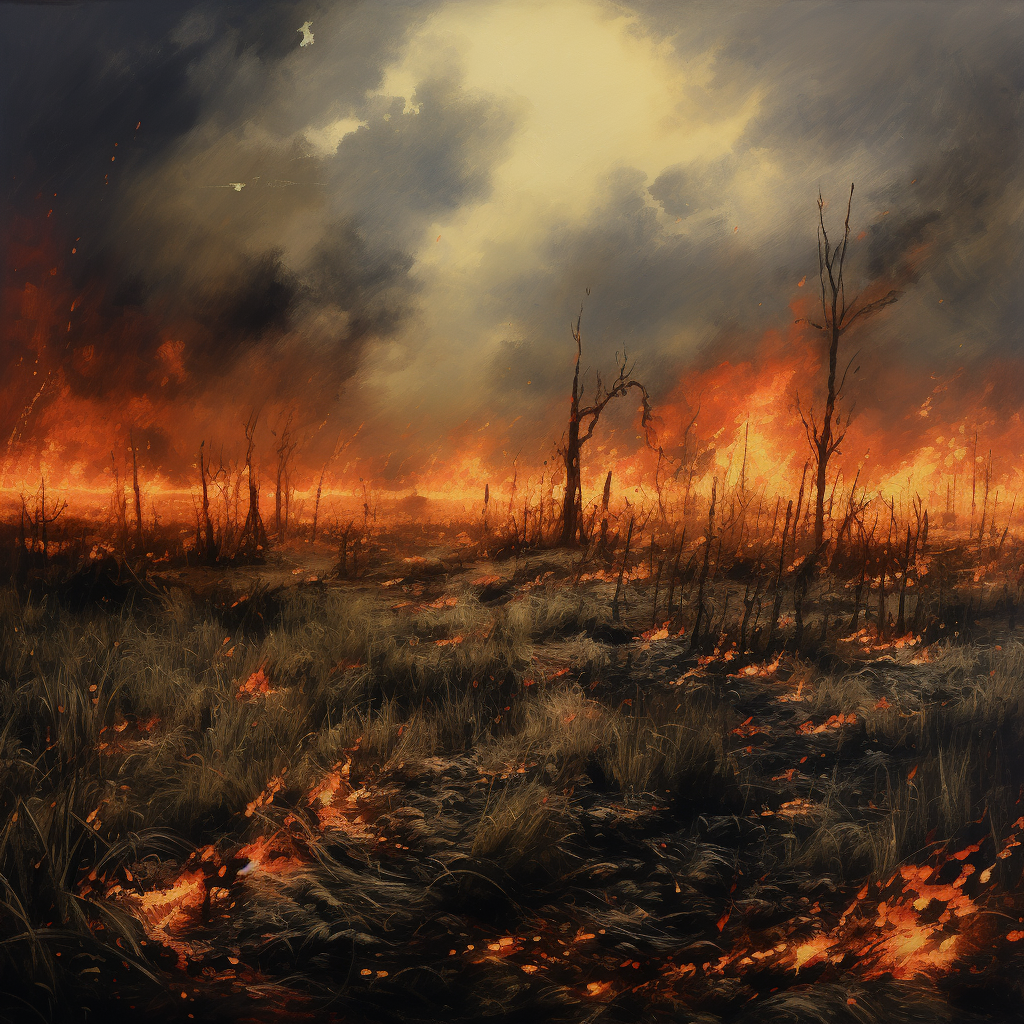
The threat of mega-fires in the Canary Islands
Mega-forest fires: how to protect Spain from this threat
Scientists have issued an apocalyptic warning about the future of forest fires in Spain, especially in the Canary Islands, where the possibility of mega-fires that could devastate several islands at once is looming. This growing threat raises the need to profoundly change the territorial model and increase social awareness of the importance of protecting our ecosystems.
The alarm raised by professionals
In a recent manifesto, more than 5,000 Canary Island professionals, including foresters, agricultural engineers, veterinarians, farmers and livestock breeders, warned of the critical situation in which the Canary Islands find themselves. This territory has become a powder keg, with the imminent risk of mega-fires that could affect densely populated islands such as Gran Canaria, Tenerife and La Palma.
The evolution of this threat is evident: in August 2019, a 9,500-hectare fire directly threatened the lives and homes of more than 9,000 people in Gran Canaria. Currently, a fire in Tenerife has burnt almost 15,000 hectares and endangered more than 12,000 people. However, experts warn that the worst is yet to come if action is not taken quickly and effectively.
The poster points out that the weather conditions could have been even more adverse, with stronger winds and faster spread. Moreover, the possibility of having to deal with several simultaneous fires, not only in Tenerife but also in other islands or at state level, is a plausible scenario that could overwhelm available resources.
Forest fires: a global problem
This problem is not unique to the Canary Islands; experiences in other countries such as the United States, Canada and Greece show that the territorial pattern and favourable climatic conditions are creating an explosive cocktail for large-scale forest fires.
To effectively tackle this threat, experts propose a change in the spatial model. Instead of focusing on adding more resources, such as helicopters and aircraft, they advocate the creation of mosaic landscapes, in which different land uses are intertwined. These landscapes limit the accumulation of plant fuel and promote extensive agriculture and animal husbandry as part of the solution.
It is not enough to introduce less combustible structures into the landscape; it is crucial to promote regenerative production models that foster biodiversity and help natural ecosystems adapt to climate change.
Last June, the ‘Declaration on the Management of Major Forest Fires in Spain’ was presented, signed by 400 people and institutions. This declaration emphasises the need to focus on fire risk prevention and management rather than extinction.
It suggests managing at least 1 per cent of the national forest area annually to prepare the territory for the threat of large forest fires. This would require significant investment, but is essential to create resilient and resilient landscapes.
In short, the threat of mega-fires in Spain, especially in the Canary Islands, is an increasingly pressing reality. Scientists have warned that the worst is yet to come and that profound changes in the territorial model and effective preventive measures are needed to protect our ecosystems and communities from this growing threat. It is up to society as a whole to meet this challenge and protect the future of our country.


